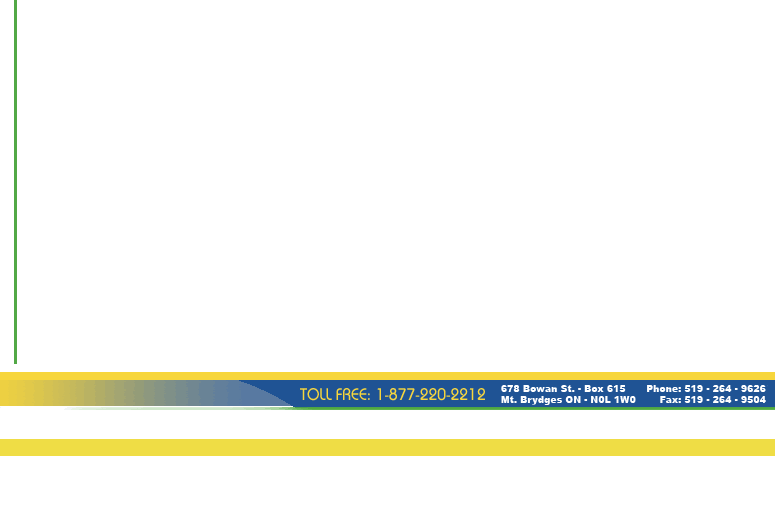Maximum
Swine
Marketing Ltd. Newsletter
Hog Commentary for
December 15th, 2005
Hog
Markets
Midwest cash hog markets ended the week relatively unchanged
but national prices recorded gains. Iowa S. Minn prices gained
for most of the week but softened on Friday and Monday to end
flat for the week. National prices continued their gains as
the NBC was U$2.27/cwt higher. Live weights seem to have leveled
off once again and came in at 271.2lbs, 0.3lbs less than the
week prior and 2.7lbs higher than a year ago. Cutout performed
similar to the regional cash markets as it was quoted flat.
Slaughter remains above 2004 levels at 1.3% higher.
Lean hog futures ended the week lower with the nearby
Dec contract losing the most as it is forced to merge with the
CME cash price on Dec 14th. Most contracts were between 47 and
80 points lower for the week with most of those losses occurring
Monday after the announcement that the Japan border with open
to North American beef imports. This recent weakness is expected
to subside as fundamentals remain good for the 1st quarter of
2006.
Feed Markets
The lack of follow through selling on Friday after bearish demand
numbers were released by the USDA initiated short covering by
funds sending the soy complex sharply higher to start this week.
March soymeal traded to its highest level since Sep 6th with
all other contracts reaching 3-month highs. A surge higher in
Chinese soybean prices offered underlying support as reports
of increasing demand from China interested traders. No new cases
of bird flu in China so far in the month of Dec have soybean
sellers anticipating increased demand into 2006. Soymeal basis
levels in the Midwest have firmed supporting cash delivered
prices and with futures sharply higher, the lows of the year
look to be behind us. Fundamentally the market remains weak
with soybean ending stocks now pegged at 405 million bushels
but with weather in South America turning dryness, downside
from this point looks to be a buying opportunity for hog producers.
Corn futures
were steady gaining a cent from a week earlier while cash prices
across the Midwest added anywhere from 10-25 cents US per bushel.
Slow producer selling has limited supplies at the country elevators
but extended the massive stocks on farm for this time of year.
Export estimates from the USDA were lowered in Friday’s
report by 100 million bushels adding to ending stock bringing
the total to 2.419 billion versus last year at 2.112. The corn
market is expected to extend it current trend however losses
look to be kept in check with domestic consumption. Flows of
US feed corn into Canada look to slow significantly at midnight
on Wednesday, December 15th in conjunction with the imposed
corn tariff.

